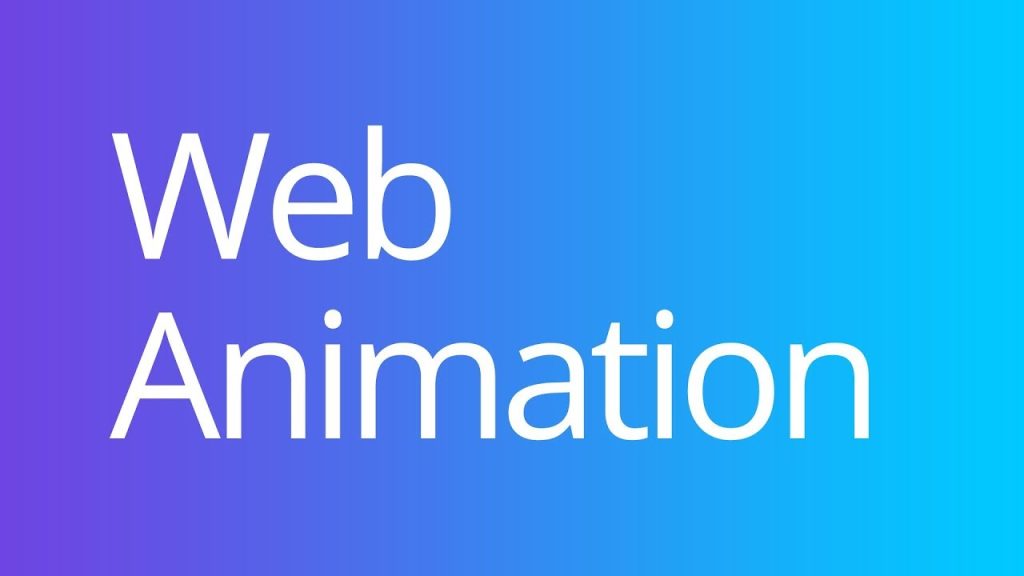Why Animations Matter in Modern Web Design

In today’s digital landscape, users expect more than just functional websites—they crave experiences. Animations help meet that demand by guiding attention, providing feedback, improving user interactions, and making your website feel more dynamic and polished.
But there’s a balance. Overusing animations can overwhelm users, impact performance, or distract from your message. The key is using them strategically, blending subtle enhancements with a site’s overall purpose.
Whether you want to animate a button on hover or create complex scroll-triggered effects, CSS and JavaScript offer powerful ways to bring your design to life.
Understanding the different types of web animationsBefore diving into code, it’s helpful to understand the broad categories of web animations:
- Micro-interactions: Small animations that give users feedback—like button hover effects, form validation cues, or toggle animations.
- Transitions: Simple effects that animate from one visual state to another, such as fading in/out, sliding, or resizing.
- Keyframe animations: More complex, multi-step movements, like a spinning logo or animated background.
- Scroll-based or trigger-based animations: These activate as users scroll or interact with specific page elements.
- Loading animations: Used while content is being fetched or to indicate processing.
Each type serves a different purpose, and the right approach depends on your content, users, and goals.
Getting started with CSS animations
CSS is often the first stop when adding animations to a website. It’s lightweight, efficient, and works well for most UI-focused effects.
1. Using transitions for smooth state changes
CSS transitions are perfect for animating changes between two states—like hovering over a button or toggling a menu.
.button { background-color: #3498db; color: white; padding: 12px 20px; border: none; transition: background-color 0.3s ease; } .button:hover { background-color: #2980b9; }In this example, the background color change on hover is animated over 0.3 seconds.
2. Creating more advanced effects with keyframes
When you need more control over the animation flow—like making something bounce, spin, or pulse—use @keyframes.
This animation causes an icon to “bounce” up and down endlessly. You can customize the duration, delay, or use it only on certain events like :hover.
When to use JavaScript for animations
While CSS covers a lot, JavaScript steps in when you need more control, interaction-based triggers, or performance tuning.
Use JavaScript for:
- Triggering animations on scroll
- Adding or removing classes dynamically
- Coordinating multiple animations
- Animating properties that CSS can’t easily handle (e.g., canvas elements, physics-based effects)
1. Using class manipulation for CSS control
A common technique is toggling a class to apply a CSS animation.
.box { width: 100px; height: 100px; background: tomato; opacity: 0; transform: translateY(30px); transition: opacity 0.5s, transform 0.5s; } .box.visible { opacity: 1; transform: translateY(0); } const box = document.querySelector(‘.box’); window.addEventListener(‘scroll’, () => { if (window.scrollY > 200) { box.classList.add(‘visible’); } });In this example, when a user scrolls down 200 pixels, the box becomes visible with a fade and slide-in effect.
2. Animating with requestAnimationFrame
For smoother, performance-optimized animations, especially in games or heavy interfaces, use requestAnimationFrame.
This technique allows more precise control than CSS and leverages the browser’s refresh rate for efficiency.
Using animation libraries to speed up development
Rather than building everything from scratch, animation libraries provide prebuilt functions, easing equations, and better browser compatibility.
Some popular options include:
- GSAP (GreenSock Animation Platform): A robust JavaScript library for complex animations and sequences.
- Anime.js: Lightweight and powerful for animating SVGs, DOM elements, and more.
- AOS (Animate on Scroll): Great for scroll-triggered animations.
- Lottie: Lets you play lightweight, high-quality animations exported from After Effects.
Example with AOS:
In minutes, you can add professional-level animations without writing complex code.
Performance considerations
Animations can enhance a site—but they can also bog it down if done poorly. Here’s how to optimize performance:
- Stick to GPU-accelerated properties like
transformandopacity. Avoid animatingwidth,top,left, ormarginif possible. - Limit the number of simultaneously running animations. Too many at once can lead to jank.
- Use
will-changesparingly. It can help the browser prepare for an animation but consumes resources. - Debounce scroll or resize listeners. Rapid firing events can hurt performance.
- Test on mobile. What runs smoothly on a desktop may lag on a phone.
Tools like Chrome DevTools can help you analyze animation performance and identify bottlenecks.
Tips for designing effective animations
- Keep it subtle. Animations should support content—not steal the spotlight.
- Use easing functions.
ease-in,ease-out, or custom cubic-bezier values make movements feel natural. - Design for delay and duration. Most UI animations should complete in 200–500ms. Longer durations feel sluggish.
- Consider accessibility. Respect users who prefer reduced motion. Wrap animations in a media query:
- Use consistent patterns. Animations should feel unified across the site. Don’t mix jarring movements or styles.
Bringing it all together
Adding animations to your website can transform how users experience your brand or content. CSS gives you a clean, lightweight way to add flair, while JavaScript unlocks dynamic, logic-based behaviors. Together, they offer endless possibilities—from simple hover effects to scroll-based storytelling.
Start small, experiment often, and pay attention to how your animations support your message. With thoughtful use, even subtle effects can elevate your website’s professionalism, usability, and engagement.
Let your creativity and user experience guide the way.



